In May, I wrote a piece titled “What Has Happened in the Vineyard So Far This Vintage.” At that point, we had completed winter pruning, bud break and shoot thinning. Since then a lot has happened in the vineyard. This is such an exciting time. The biggest metamorphosis has occurred over the last two months. So I thought it was time to return to the vineyard and share the excitement of the 2021 vintage.
Since our last conversation, the first major activity was flowering. In most of the world, flowering is a dramatic experience. Flowers have two very important jobs. They attract the pollinators by using visual cues such as showy petals and sepals. Others use nectar or have a very specific, shape, size, or color. For example, red or yellow flowers tend to attract butterflies and hummingbirds. Some flowers have a region of low ultraviolet reflectance near the center of each petal which act like a landing strip for bees to help them find the pollen. Their second function is to protect the reproductive organs; the pistil and the stamen.
Flowering
Vitis vinifera flowers are very different. They are minimal, not showy. They are also hermaphroditic, meaning they have both male and female parts on the same flower. They don’t need a pollinator to lead to flowering. As the flower clusters develop, it is an important time to be walking the vineyard. By seeing the flowers, we can begin to see what type of season we will have in terms of how much potential fruit we can expect.
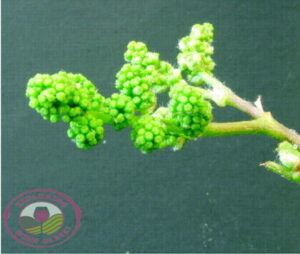
Flowering begins about two months after bud break. But there are a lot of variables that can delay or expedite flowering. Temperature being a major influence. In order for the flowers to develop, the vines need to see a consistent temperature in the sixties. This triggers the plant to recognize that dangerous cold weather is behind them and it is safe to put all their energy into reproduction. (hopefully Mother Nature doesn’t throw any wrenches in the works with a cold snap or worse, hail!) There may not be a lot to see in the the vineyard during this time, but you can smell it. It’s a lovely time to be among the vines.
Prior to flowering, the plant needs to prepare itself. It undergoes a period of rapid shoot growth. Afterwards, the development of rachis develop at the ends of the new shoots. They look like little baby grapes but they aren’t. These cases are minimal protection for the reproductive parts. The balls are five, fused petals collectively called the calyptra. Inside, the stamen and ovary are maturing and at the proper time the calyptra will break open, desiccate and fall off exposing the reproductive organs.
Dracaena Wines has received consistent 90+ ratings and multiple Double Gold medals. Click image to order yours today and let Dracaena Wines Turn Your Moments into Great Memories!
Fruit Set
When the calyptra fall off, they cause the stamen to rupture and release all of their pollen. Since the plant is hermaphroditic and has both male and female parts, the pollen simply falls down onto the stigma allowing pollination to occur.
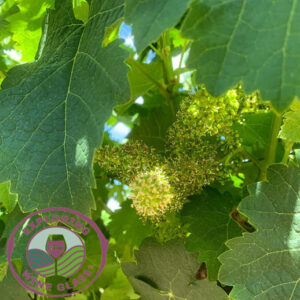 Unfortunately, the odds are against these little flower clusters. In fact, the majority of them will not survive. It’s a tough world out there, and without defense mechanisms like large petals to protect them, they are the mercy of nature. This is actually a good thing for wine. Since every flower has the potential to become a berry, we would be overrun with fruit. The vine would not be able to provide enough nourishment to all those berries. In turn, the majority of berries would never reach maturation, resulting in a poor quality wine.
Unfortunately, the odds are against these little flower clusters. In fact, the majority of them will not survive. It’s a tough world out there, and without defense mechanisms like large petals to protect them, they are the mercy of nature. This is actually a good thing for wine. Since every flower has the potential to become a berry, we would be overrun with fruit. The vine would not be able to provide enough nourishment to all those berries. In turn, the majority of berries would never reach maturation, resulting in a poor quality wine.
During this time all the flowers that are going to become berries are pollinated and sizing begins to occur. We typically see about a 30% success rate for fertilization if all conditions are ideal. In addition to the aforementioned hail and cold, during the 72 hours it typically takes for pollination to complete, wind and rain can be disastrous. When pollination does not complete and fertilization does not occur, it results in what we call shatter or coulure. This can also happen after fertilization when the berries simply don’t develop, or they do develop but fall off after they formed.
Fruit Development
You can see the berries begin to develop over about a month’s time. They go from little nodules to full green berries. If the weather remains conducive, it allows the clusters to develop uniformly, both in sizing and ripening. It is extremely important that once the berries begin to develop, we help them get
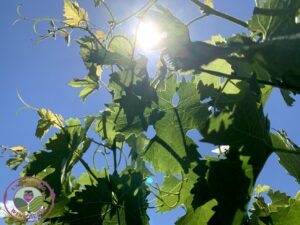
all the energy they need to develop healthily. We begin to leaf pull. This thinning practice allows for the wind to easily move through the vine, protecting it from pests and provides the proper lighting to allow the grapes to benefit from the sun while not getting sunburned.
Leafing is not an one size fits all system. It is imperative that you pay attention to the direction of the vines, the altitude as well as exposures when you choose which leaves to pull. You want to pull leaves to allow for morning sun and protect them from the hotter afternoon exposure. Although it isn’t as easy as that, since the exposure is going to change as the season progresses, we continually check the grapes and adapt our pulling to provide for the best environment.
I’ll be back in a couple of months to talk about the next steps happening in the vineyard. I hope you enjoyed the little behind the scenes look at what it takes to make an award winning vintage. Please leave a comment if you have any questions. I’d be more than happy to explain any portion of the wine making process.
~Sláinte!
We’ve stacked the odds so that you can get our award winning wines without breaking the bank. Click the image to find out all of the benefits of joining the CHALK CLUB including discounted shipping and up to 35% off all purchases. .

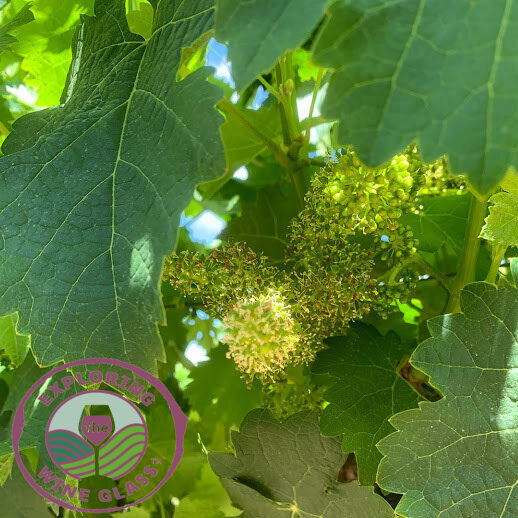
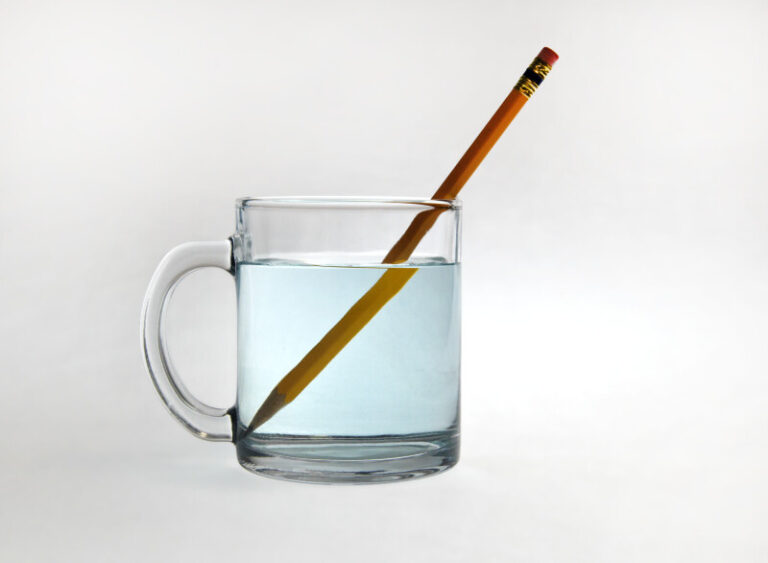
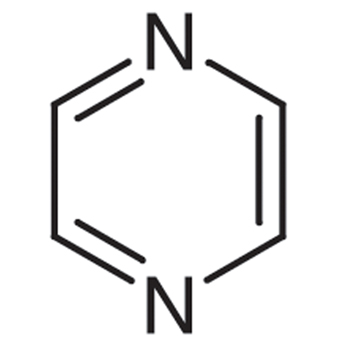

Enjoyed this article as much as the one in May. You have a succinct yet thorough way of explaining potentially complex topics like shatter. I’ve seen and discussed it several times since in Bordeaux. That pollination period is so crucial… I didn’t realize it was so short. Hope your vines are having a healthy year so far!
Thank you so much for your kind words. Right now the temps are over 100, so the vines are on strike.. but it isn’t too critical right now!